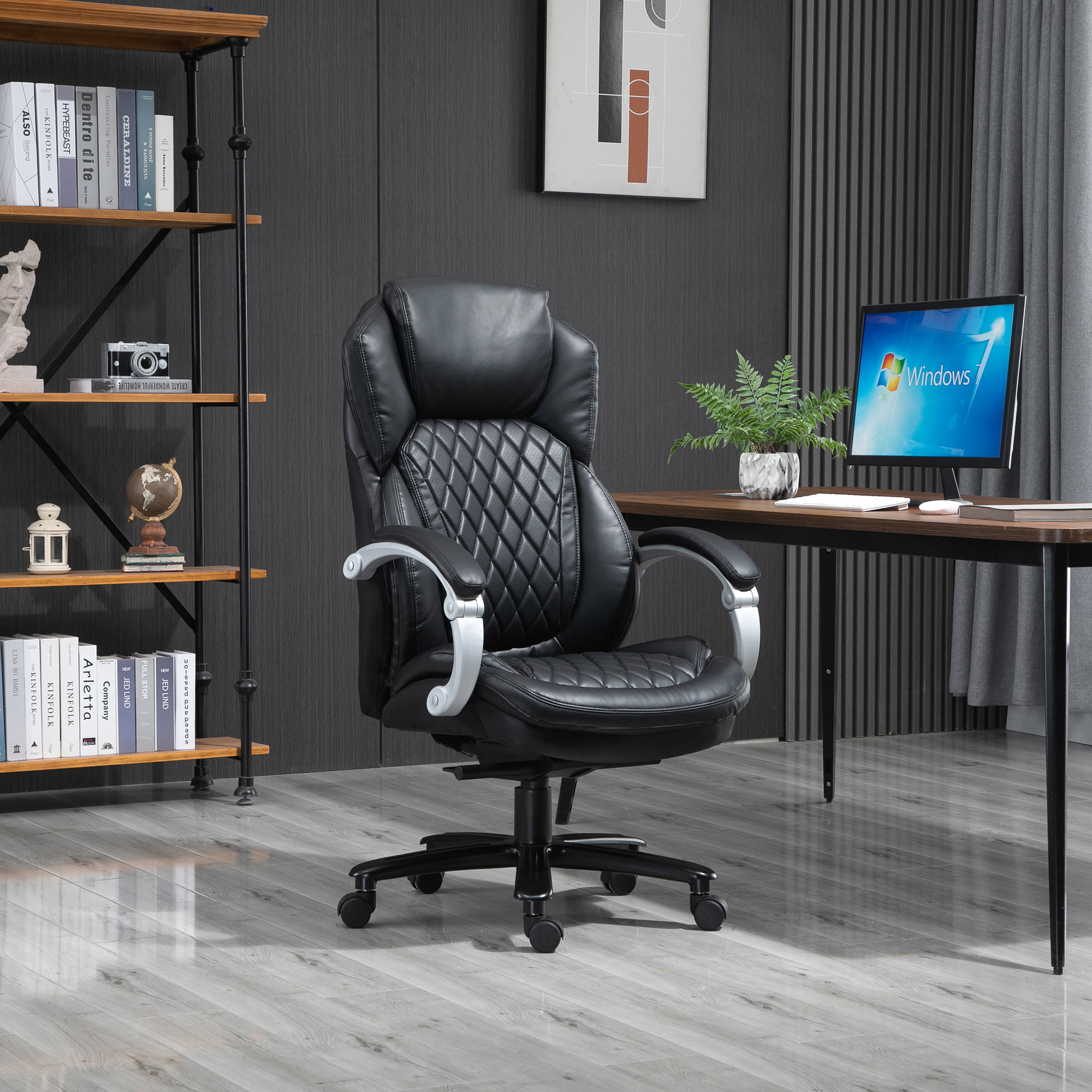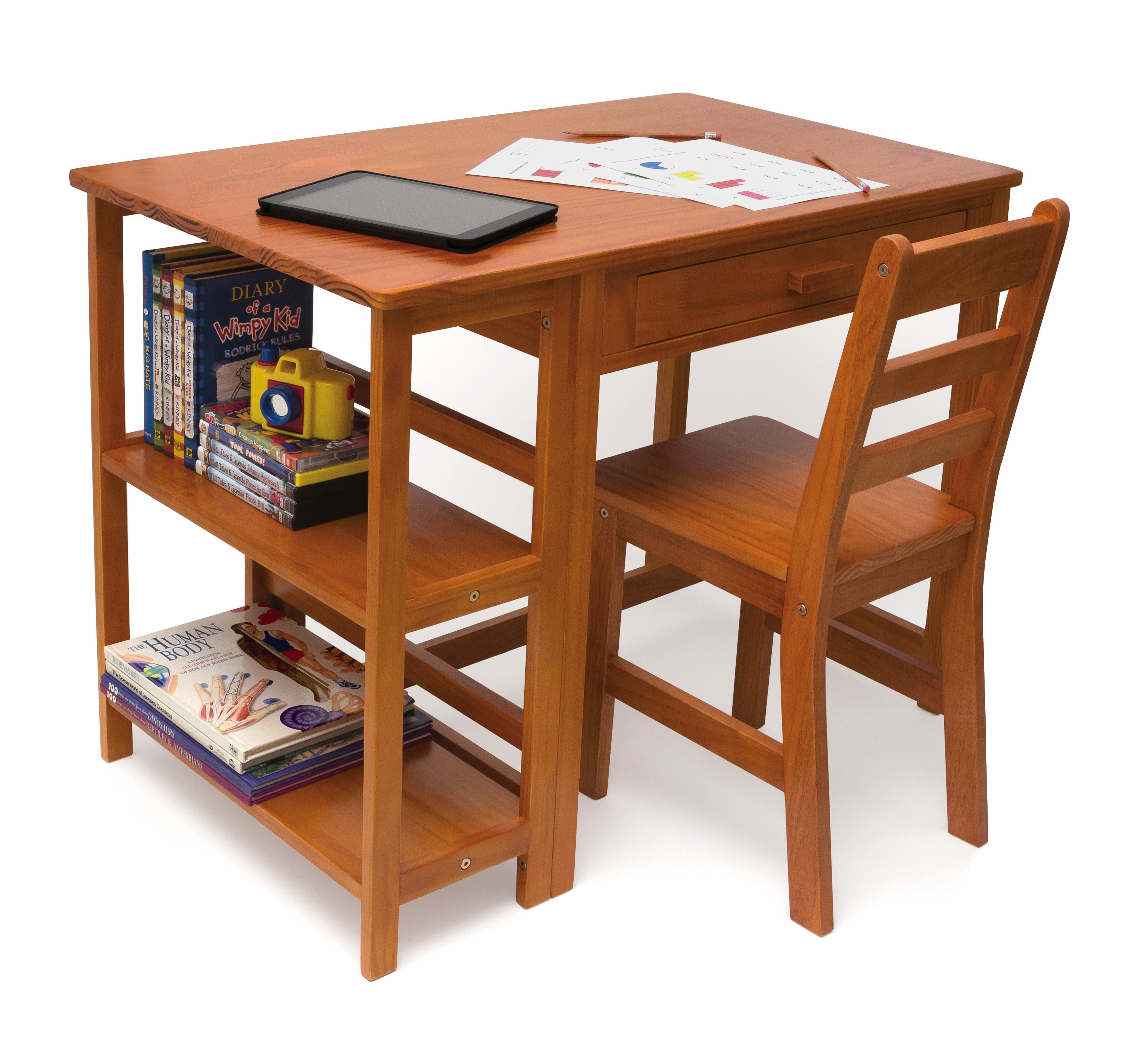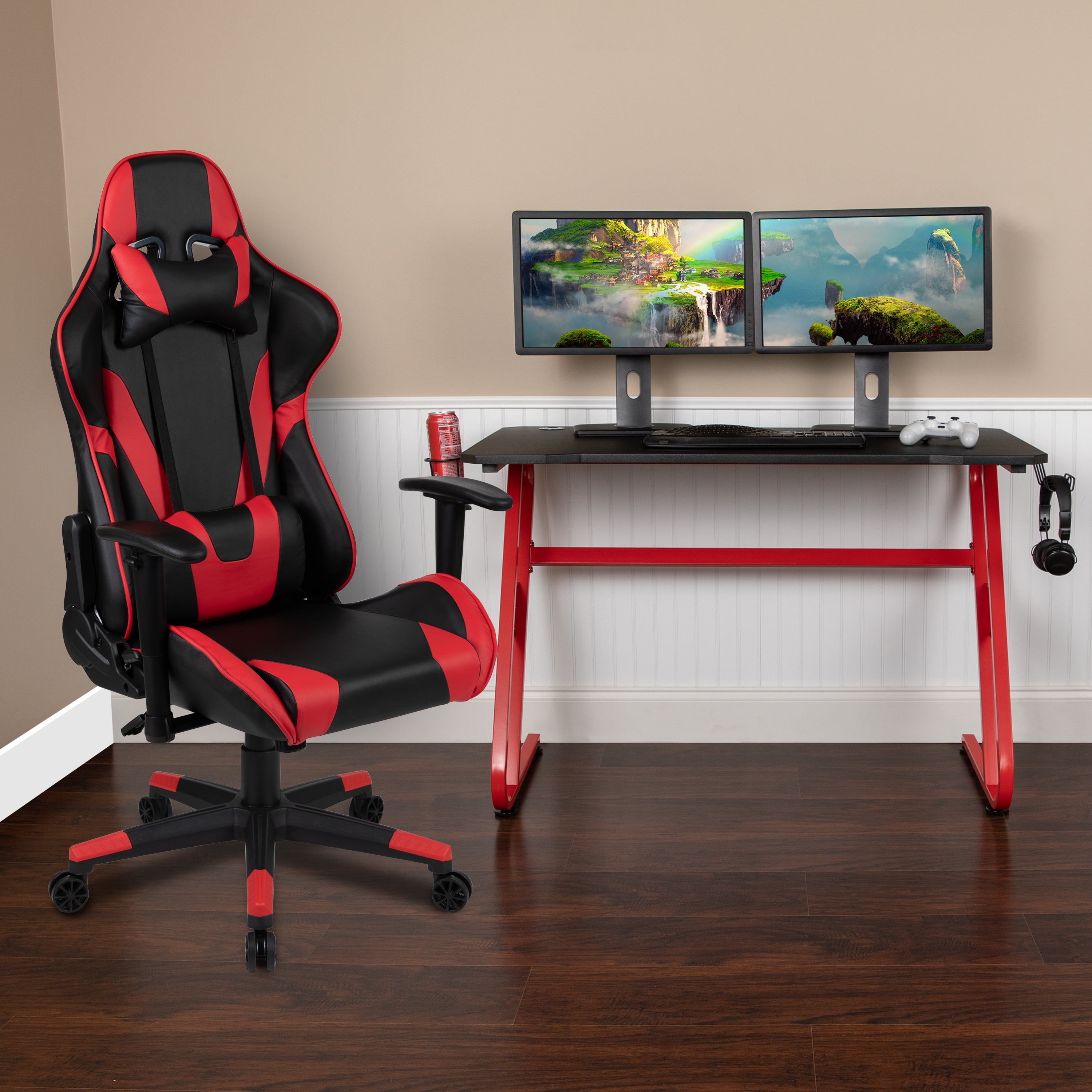Popular Computer Desk and Chair Set Styles: Computer Desk With Chair Set

Choosing the right computer desk and chair set is crucial for comfort, productivity, and long-term health. The market offers a wide variety of styles, each catering to different needs and aesthetics. Understanding the key differences in design, materials, and ergonomic considerations will help you make an informed decision.
Computer Desk and Chair Set Styles: A Comparison
The following table summarizes three popular styles of computer desk and chair sets, highlighting their materials, features, and typical price ranges. These price ranges are estimates and can vary significantly based on brand, retailer, and specific features.
| Style | Materials | Features | Price Range |
|---|---|---|---|
| Modern Minimalist | Metal (steel, aluminum), wood (laminate, solid wood), glass, high-quality plastics | Clean lines, simple design, often includes built-in cable management, sleek aesthetic, adjustable height options (for desks), ergonomic lumbar support (for chairs) | $300 – $1500 |
| Traditional | Solid wood (oak, cherry, mahogany), veneers, fabric upholstery (leather, microfiber) | Ornate details, classic design, often larger and more substantial, may include drawers and storage, typically less focus on adjustability | $400 – $2500+ |
| Gaming | Metal, engineered wood, high-density foam, PU leather, RGB lighting | Ergonomic design features (adjustable height, armrests, lumbar support), often large desk surface area, integrated cable management, vibrant colors, RGB lighting, specialized features for gaming peripherals | $200 – $1000+ |
Ergonomic Benefits and Drawbacks of Each Style
Ergonomics focuses on creating a workspace that promotes comfort and prevents injuries. Each style has its own advantages and disadvantages in this regard.
Modern minimalist sets often prioritize adjustability, allowing users to customize their setup for optimal posture. However, the minimalist design may lack the substantial cushioning found in other styles. Traditional sets, while potentially comfortable due to their size and material, may lack adjustability, leading to poor posture if not properly sized for the user. Gaming sets generally excel in ergonomic features like adjustable height and lumbar support, but the focus on aesthetics may sometimes compromise overall ergonomic design if not chosen carefully. For example, overly aggressive lumbar support can be uncomfortable for some.
A Hypothetical Computer Desk and Chair Set: Blending Styles
Imagine a computer desk and chair set designed for a young professional who appreciates modern aesthetics but also values comfort and functionality. This hypothetical set would blend elements from all three styles. The desk would feature a sleek, minimalist metal frame with a large, solid wood top (cherry or walnut) for a warm, inviting touch. It would incorporate modern cable management solutions while maintaining a spacious work surface. The chair would combine the ergonomic features of a gaming chair (adjustable height, armrests, lumbar support) with the refined upholstery of a traditional chair (high-quality leather or microfiber). The color scheme would be neutral, perhaps a dark wood with black metal accents, providing a sophisticated and professional look. This design caters to a customer who values both style and functionality, seeking a high-quality, ergonomic setup that can seamlessly transition between work and leisure. The estimated price range for such a custom-designed set would likely fall within the higher end of the ranges listed above, reflecting the premium materials and features.
Factors to Consider When Buying a Computer Desk and Chair Set

Choosing the right computer desk and chair set is crucial for comfort, productivity, and long-term health. A poorly chosen setup can lead to back pain, eye strain, and decreased efficiency. Careful consideration of several key factors will ensure a satisfying and supportive workspace.
Key Factors in Selecting a Computer Desk and Chair Set
The selection of a computer desk and chair set hinges on several critical aspects that directly influence user experience and overall satisfaction. Understanding these factors empowers consumers to make informed decisions aligned with their individual needs and preferences.
- Size and Dimensions: The desk and chair must be appropriately sized for the available space and the user’s body. A desk that’s too small will feel cramped, while one that’s too large will overwhelm a small room. Similarly, a chair that’s too big or too small will be uncomfortable and potentially harmful to posture. Consider measuring your space and yourself before making a purchase to ensure a proper fit.
- Adjustability: Adjustable features are paramount for ergonomics and personalized comfort. A height-adjustable desk allows users to alternate between sitting and standing, promoting better posture and reducing back strain. A chair with adjustable height, lumbar support, and armrests caters to individual body types and preferences, enhancing comfort during prolonged use.
- Storage Solutions: Adequate storage is essential for maintaining an organized workspace. Drawers, shelves, and cable management solutions keep the desk clutter-free and improve efficiency. The type and amount of storage needed depend on individual requirements, from simple pen holders to extensive drawer systems.
- Material Durability and Quality: The materials used in the desk and chair directly impact their longevity and resilience. Solid wood desks are generally more durable than particleboard, while high-quality mesh or leather chairs offer better support and breathability than cheaper alternatives. Investing in durable materials ensures a longer lifespan and a more comfortable experience over time.
- Warranty and Customer Support: A comprehensive warranty provides peace of mind and protection against manufacturing defects. A reputable manufacturer will stand behind their products, offering repairs or replacements as needed. Checking the warranty terms and the availability of customer support is vital before making a purchase.
Decision-Making Flowchart for Computer Desk and Chair Set Selection
The following flowchart Artikels a systematic approach to choosing the ideal computer desk and chair set.
[Imagine a flowchart here. The flowchart would start with a “Start” box, branch to “Measure Space & User,” then to “Determine Budget,” followed by separate branches for each of the five factors listed above (Size, Adjustability, Storage, Material, Warranty). Each factor branch would lead to a decision box (e.g., “Sufficient Size?” Yes/No) and eventually converge to a “Select Desk & Chair Set” box, concluding with an “End” box.]
Examples of Desk and Chair Set Selection Based on Scenario
Small Apartment: In a small apartment, space is at a premium. A compact, foldable desk with a lightweight, ergonomic chair would be ideal. Prioritize multi-functional furniture and consider wall-mounted shelves to maximize space and minimize clutter. Adjustability might be less critical than in larger spaces, but a chair with good lumbar support remains essential.
Home Office: A home office setup allows for more flexibility. A larger desk with ample storage, such as a L-shaped desk with built-in drawers and shelves, would be suitable. An adjustable height desk and chair with extensive adjustability options (height, lumbar support, armrests) would enhance comfort and productivity. Material durability and a good warranty are important considerations for a long-term investment.
Gaming Setup: A gaming setup requires a sturdy, spacious desk that can accommodate multiple monitors, peripherals, and potentially a gaming keyboard and mouse. A comfortable gaming chair with good back support and adjustable features is crucial for extended gaming sessions. Consider a desk with cable management to keep the setup organized and visually appealing. Durability and ergonomic features are paramount for comfortable extended use.
Maintenance and Care of Computer Desk and Chair Sets

Maintaining your computer desk and chair set is crucial for extending its lifespan and ensuring a comfortable, productive workspace. Regular cleaning and addressing minor issues promptly can prevent larger, more costly problems down the line. Proper care also contributes to a healthier work environment, minimizing potential ergonomic problems.
Cleaning and Maintaining Different Materials
Different materials require specific cleaning methods. Failing to follow these guidelines can damage the surface or compromise the structural integrity of your furniture.
- Wood: Dust regularly with a soft cloth. For deeper cleaning, use a wood cleaner specifically designed for the type of wood finish (e.g., varnish, lacquer). Avoid excessive moisture, which can cause warping or damage. Apply a wood polish periodically to maintain the shine and protect the surface.
- Metal: Wipe down with a damp cloth and mild detergent. Dry thoroughly to prevent rust or corrosion. For stubborn stains, use a metal polish specifically designed for the type of metal (e.g., steel, aluminum). Avoid abrasive cleaners that can scratch the surface.
- Fabric: Vacuum regularly to remove dust and debris. For stains, blot (don’t rub) with a clean cloth and a mild upholstery cleaner. Always test the cleaner in an inconspicuous area first. Consider professional cleaning for deep cleaning or heavily soiled areas.
- Leather: Dust regularly with a soft cloth. Condition the leather periodically with a leather conditioner to maintain its suppleness and prevent cracking. Clean spills immediately with a damp cloth. Avoid harsh chemicals or abrasive cleaners.
Common Problems and Solutions
Addressing common problems promptly can prevent further damage and ensure the longevity of your computer desk and chair set. Ignoring these issues can lead to more significant repairs or replacements.
| Problem | Cause | Solution | Prevention |
|---|---|---|---|
| Scratches on wood | Sharp objects, abrasive cleaning | Use wood filler for minor scratches; for deeper scratches, consider professional refinishing. | Use coasters, placemats; avoid abrasive cleaners. |
| Stains on fabric | Spills, ink, etc. | Blot with a clean cloth and mild upholstery cleaner. For stubborn stains, consider professional cleaning. | Use protective covers; clean spills immediately. |
| Wobbly legs | Loose screws, uneven floor | Tighten loose screws; use shims under short legs to level the desk or chair. | Regularly check screws; ensure a level surface. |
| Torn fabric | Sharp objects, excessive wear | Patch or replace the torn fabric; for extensive damage, consider professional reupholstery. | Avoid sharp objects; use protective covers. |
| Rust on metal | Moisture, exposure to elements | Clean with a rust remover; apply a rust-preventative coating. | Keep the metal dry; avoid exposure to moisture. |
Ergonomic Adjustments and Regular Maintenance, Computer desk with chair set
Regular ergonomic adjustments and maintenance are essential for long-term comfort and health. Neglecting these aspects can lead to various health problems, including back pain, neck pain, carpal tunnel syndrome, and eye strain. A well-maintained set promotes proper posture and reduces strain, contributing to increased productivity and overall well-being.
For example, a well-maintained Herman Miller Aeron chair, known for its ergonomic design, can last for decades with proper care. Regular cleaning, lubrication of moving parts, and occasional replacement of worn components ensure continued comfort and support. Similarly, a solid wood desk, treated with care and regularly polished, will maintain its beauty and structural integrity for years. Conversely, neglecting maintenance can lead to premature wear and tear, requiring costly repairs or replacements sooner than expected. For instance, a neglected office chair might develop a broken mechanism, leading to discomfort and potential injury. A scratched and poorly maintained desk might lose its aesthetic appeal and structural stability.
